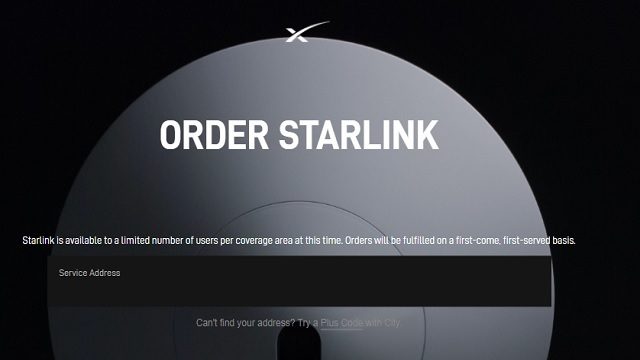Starlink Customer Service Phone Number : Starlink Monthly Cost and Reviews
Unfortunately, Starlink doesn’t have a universal customer service phone number. Their primary support channel is through their online support center and ticket system.
However, I found some information suggesting that they offer phone support in Indonesia:
Phone Number: 0078036219919
Business Hours: 9am-6pm WIB; Monday through Friday
Availability: Only to active customers with Starlink accounts registered to an Indonesian address
If you are not located in Indonesia, your best bet is to use their online support resources:
Starlink Support Center: https://support.starlink.com/
Submit a Support Ticket: You can do this through your Starlink account or the support center.
Starlink Monthly Cost
As of September 16, 2024, Starlink offers several plans with varying monthly costs:
For Residential use:
- The standard Residential plan starts at $120/month. This includes unlimited high-speed data on land with no long-term contracts or commitments.
Other plans:
Roam: Designed for RVs, nomads, and those working on the go, starting at $150/month.
Business: For businesses requiring higher priority data and additional features, pricing varies.
Maritime: For maritime use, emergency response, and mobile businesses, starting at $250/month.
Additional Costs:
Hardware: In addition to the monthly subscription fee, there is a one-time hardware cost for the Starlink Kit, which currently costs $599.
Shipping and taxes: These may also apply depending on your location.

Starlink Reviews
Starlink reviews are mixed, highlighting both its strengths and weaknesses. Here’s a summary based on various user experiences and expert analyses:
Pros:
- High Speed & Low Latency: Compared to traditional satellite internet, Starlink offers significantly faster speeds (often exceeding 100 Mbps) and lower latency, making it suitable for activities like gaming, video conferencing, and streaming.
- Rural Connectivity: It’s a game-changer for remote areas with limited or no broadband options, providing reliable internet access where it was previously unavailable.
- Ease of Setup: The self-installation process is relatively straightforward, with most users reporting a smooth setup experience.
- Weather Resilience: Although heavy rain or snow can temporarily affect performance, Starlink generally handles adverse weather conditions better than traditional satellite internet.
Cons:
- High Cost: The initial hardware cost and monthly subscription fee are higher than many terrestrial internet providers, making it a significant investment.
- Outages: While less frequent than traditional satellite internet, outages can still occur, particularly during network congestion or severe weather events.
- Obstruction Sensitivity: The dish needs a clear view of the sky, and obstructions like trees or buildings can significantly impact performance.
- Customer Service: Some users have reported difficulties contacting customer support or resolving issues.
Additional Considerations:
- Network Congestion: As more users join the network in a particular area, speeds can potentially decrease during peak usage times.
- Data Caps: While currently unlimited, Starlink reserves the right to implement data caps in the future if necessary.
- Portability: Although the “Roam” plan offers some flexibility, relocating the dish frequently can be challenging and may require re-alignment.
Overall:
Starlink is a revolutionary technology that has dramatically improved internet access in rural and underserved areas. If you’re willing to invest in the hardware and monthly subscription, and understand the potential limitations, it can be a great solution for high-speed, low-latency internet. However, if cost is a major concern or you have reliable terrestrial internet options available, you may want to explore other alternatives.